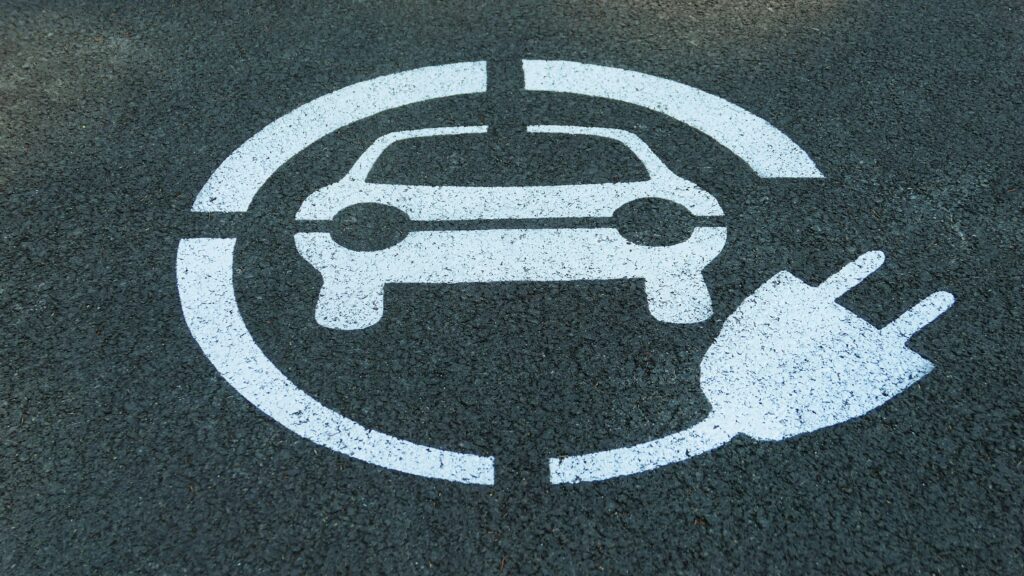The history of electric vehicles is as fascinating as the vehicles themselves. Electric cars were invented around 1834, but it took 169 years for them to make a strong comeback when Tesla Motors reintroduced these cars as the cool and innovative machines we see today. The challenges faced back then and now remain largely the same—short range and high maintenance.
Principle behind EVs – Magnetism
We know that poles with the same polarity in magnets repel, while poles with opposite polarity attract—for example, the north pole attracts the south pole and repels another north pole. If we place two magnets nearby—one fixed and the other mounted on a rotating shaft—when like poles (e.g., two north poles) come close, they repel each other, causing the magnet on the rotating shaft to rotate. This rotation completes half a turn.
However, once opposite poles (e.g., north and south) come close, they attract, and further rotation stops. To enable continuous rotation, the polarity of the magnets must change so that the nearby poles are always of the same polarity and repel each other. This is achieved using an inverter module in electric cars.
The inverter alters the flow of electrons in the current from the battery, which passes through the magnet and keeps changing its polarity. This constant polarity switching allows the magnet on the shaft to spin continuously. In essence, spinning magnets driven by alternating current are what power electric cars.
Even though EV have come a long way since they were invented , there are still Challenges which makes it hard
1. Limited Range
- Many EVs have a shorter driving range compared to traditional gasoline vehicles, which can be a concern for long-distance travel.
- Range anxiety, or the fear of running out of charge, still affects potential buyers.
2. Charging Infrastructure
- Charging stations are not as widely available as fuel stations, especially in rural or less-developed areas.
- The time required to fully charge a car is longer than refueling a traditional vehicle, even with fast chargers.
3. Battery Life and Recycling
- EV batteries degrade over time, reducing the vehicle’s range and efficiency.
- Recycling or disposing of lithium-ion batteries poses environmental and logistical challenges.
4. High Initial Cost
- The upfront cost of electric cars is higher than conventional vehicles due to expensive battery technology.
- Government subsidies help but are not available in all regions or forever.
5. Energy Source for Charging
- If the electricity used to charge EVs comes from non-renewable sources like coal, it undermines their environmental benefits.
6. Performance in Extreme Conditions
- EVs can have reduced efficiency and range in very cold or very hot weather due to battery limitations.
- Heating or cooling the cabin places additional strain on the battery.
7. Limited Model Options
- Although growing, the variety of EV models is still less than traditional vehicles, limiting consumer choice.
8. Supply Chain Issues
- The production of EVs depends on rare earth elements like lithium, cobalt, and nickel, leading to supply chain bottlenecks and price fluctuations.
- Mining these materials raises ethical and environmental concerns.
9. Maintenance and Repairs
- While EVs have fewer moving parts, specialized knowledge and tools are required for maintenance and repairs, which might not be readily available.
10. Market Acceptance
- Some consumers are hesitant to adopt new technology due to lack of awareness, perceived risks, or attachment to traditional vehicles.
Where to Next?
One of the fastest-growing industries in the world is the EV market. Corporations and governments are taking significant steps to make electric vehicles more affordable and accessible. Some companies have even announced plans to stop the production of gas and diesel vehicles by 2050.
However, we will have to wait and see how this transition unfolds. The environmental impact of EV batteries and the challenge of producing electricity from sustainable sources must be carefully considered before envisioning a future filled with flying electric cars.



